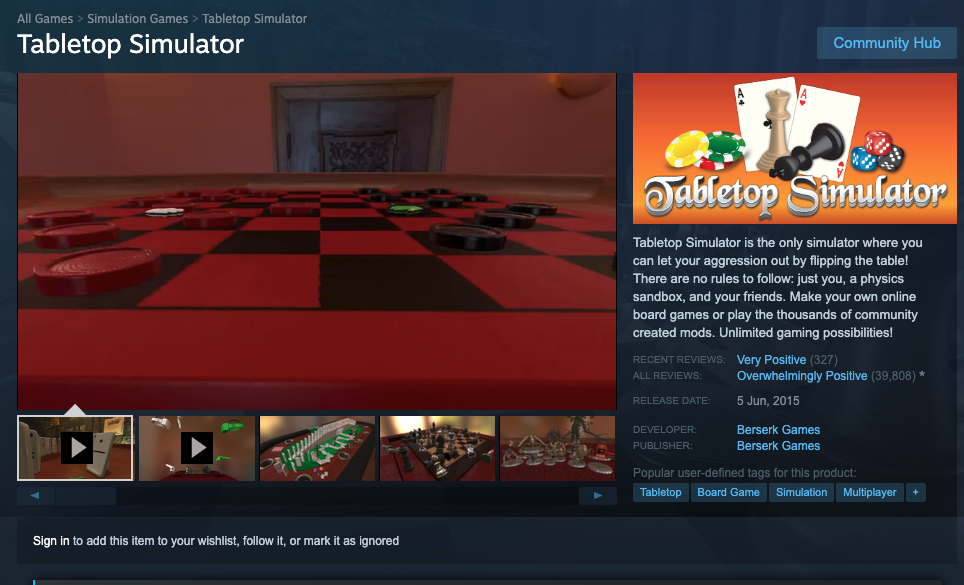
The game board.
Cards often move between areas in matches.
Deck

- – The deck is where players draw cards from.
- – Ech player has their own deck.
- – Cards in decks are face-down:
- –-- No player can look at them.
- – Players may count the cards in each player's deck at any time.
- – In most game formats, decks must have at least 45 cards.
- – Each deck only have up to 3 copies of each card.
Hand

- – The hand is where cards players can play are kept.
- – Each player has their own hand.
- – When you draw a card, you put the top card of your deck into your hand.
- – Only you can look at the cards in your hand.
- – At the beginning of the game, each player draws 6 cards, this is their starting hand.
- – 7 is the maximum number of cards you can have in your hand, your maximum hand size.
- – If you have more than 7 cards in hand at the end of your turn, you have to discard cards until you have 7 cards in hand.
Queue

- – The queue is where player actions wait to be executed.
- – The queue is not defined on the game board.
- – The queue is shared by players.
- – When a player takes an action it enters the queue.
- – Player actions include playing cards and activating skills.
- – Actions execute when no player decides to take an action.
- – The last action to enter the queue executes first.
- – When an action executes, or cancels, players can take actions again.
- –-- Some cards, skills, or effects can cancel actions in the queue. That means, when it would be executed, it has no effect, and if it was a card it is put into its owner's cache instead of anywhere else.
Converting a card or playing an anomaly does not enter the queue.
Staging

- – Staging is where all are placed.
- – Constants are put in the staging area after executing from the queue.
- – Anomalies are put directly in the staging area.
- – Cards in staging are visible to each player at all times.
- – At the start of the game, staging is empty.
- – Each player has their own staging.
The staging area and biomes are collectively referred to as “the planet”.
Biomes

- – Biomes are where agents battle.
- – Biomes are three separate sub-areas, collectively referred to as biomes.
- – Each biome has a unique effect, called Influence, which changes how players battle in that biome.
- – Biomes are shared between players.
- –-- Each player has their own side of each biome, called a sector.
- –-- Each player's sector in each biome has 10 starting durability. Together each player's sectors have 30 starting durability.
- –-- A sector's durability can be decreased or increased by damage or effects.
- –-- If a player's sector reaches 0 or less durability at any time, that player loses the sector.
- –-- When a player loses a sector, all agents in that sector retreat.
- –-- When a player loses a sector, all unattached gear move to the staging area.
- –-- When a player loses 2 or more sectors, they immediately lose the match.
- – Lost biomes are not part of the game.
- –-- Players can never advance into a lost biome.
- –-- Players can never put constants into a lost biome.
- –-- The influence of lost biomes are removed.
Cache

- – The cache is where used cards are kept (discard pile).
- – Each player has their own cache.
- – Cards in the cache are visible to each player at all times.
- – Player's may count the cards in each player's cache at any time.
- – Event cards go to the cache immediately after executing from the queue.
- – Cards go to the cache when:
- –-- Discarded
- –-- Terminated
- –-- Forfeited
- –-- Cancelled
Archive

- – The archive is where cards that are no longer part of the game are kept.
- – Each player has their own archive.
- – Cards in the archive are typically visible to each player at all times.
- – Player's may count the cards in each player's archive at any time.
- – Cards go to archive if they are deleted.
- – Cards in the archive are considered deleted.

